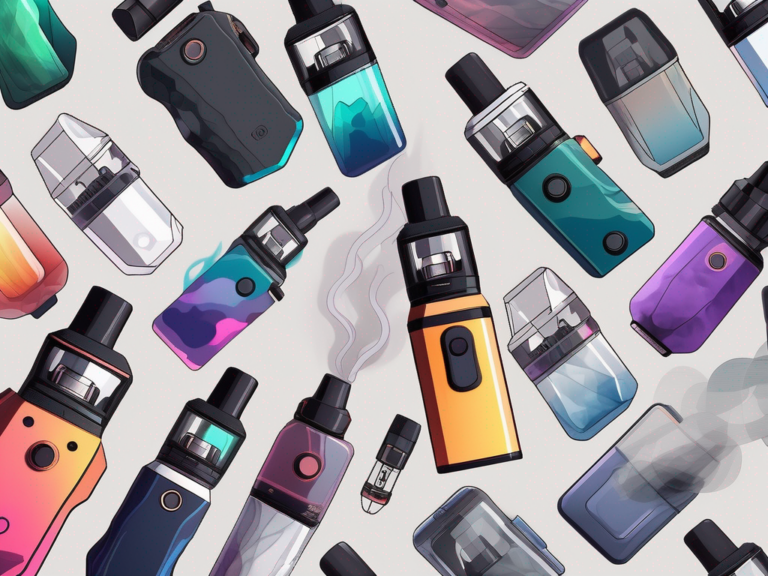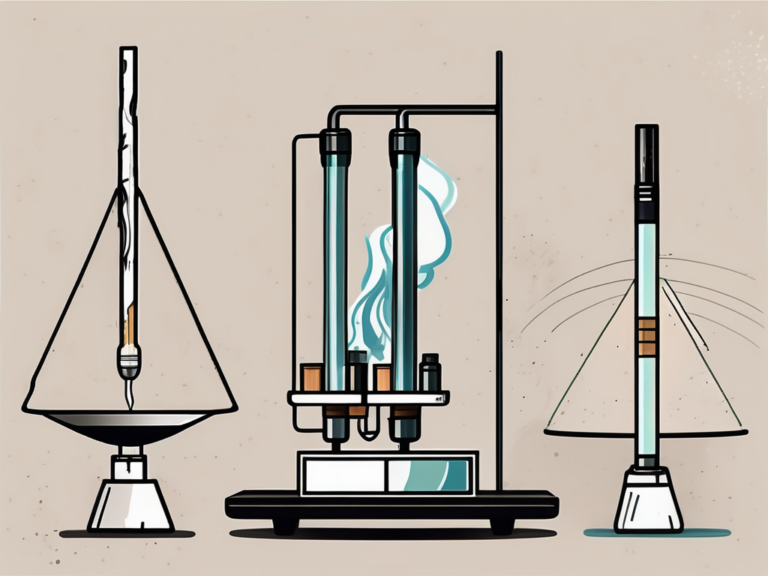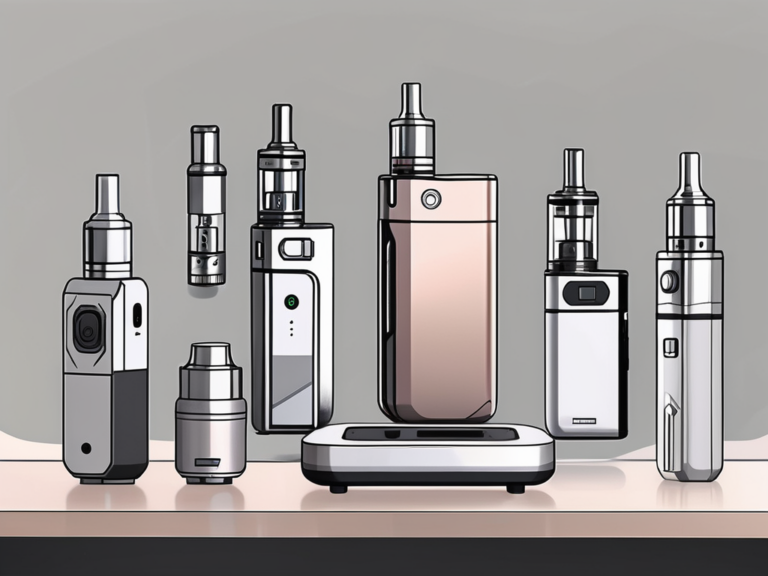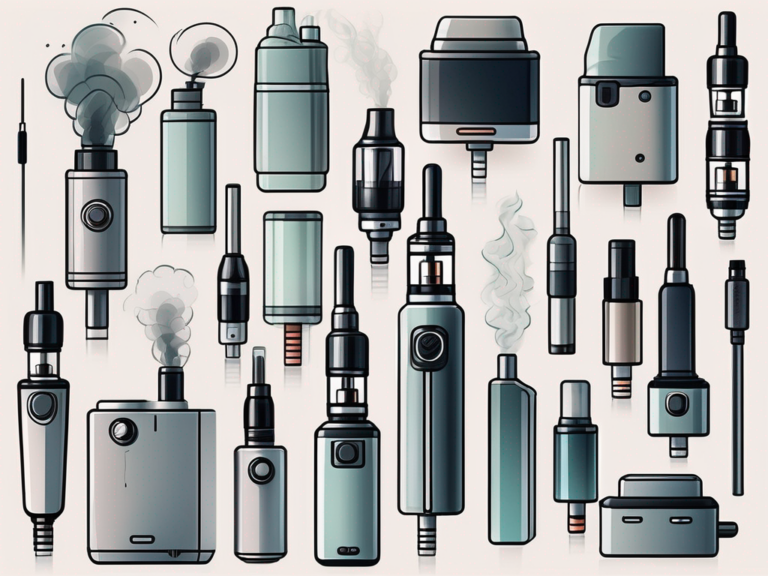when are vapes going to be banned
Vaping has become a controversial topic in recent years, with many discussions centered around its potential risks and benefits. As the popularity of e-cigarettes and other vaping devices continues to soar, concerns about their impact on public health have prompted lawmakers to consider restrictions and even bans on these products. In this article, we will delve into the controversy surrounding vaping, examine the existing legislation, and explore the future of vaping.
Understanding the Controversy Around Vaping
Over the past decade, vaping has emerged as a trendy alternative to traditional smoking. The rise of vaping can be attributed to its allure as a supposedly safer option compared to combustible cigarettes. Proponents argue that vaping eliminates the harmful effects of tobacco combustion, reducing the intake of toxic chemicals. Additionally, vaping offers a wide range of flavors, making it appealing to both smokers and non-smokers.
However, critics point out potential health risks associated with vaping. The long-term effects of inhaling chemicals found in e-cigarettes are still relatively unknown. Reports of lung injuries and even deaths linked to vaping have raised concerns among health professionals and the general public. These issues have sparked a debate regarding the regulation and banning of vaping products.
The Rise of Vaping and its Popularity
Vaping gained popularity in the late 2000s as a smoking cessation aid and an alternative for those seeking nicotine without the harm caused by traditional tobacco products. E-cigarettes, vape pens, and pod systems quickly became mainstream, especially among young adults.
The ease of use, discreetness, and availability of a variety of flavors made vaping an attractive option. Many vape enthusiasts praised e-cigarettes for helping them transition away from smoking or serving as a less harmful alternative.
One of the key factors contributing to the popularity of vaping is its social aspect. Vape shops have become community hubs where enthusiasts gather to share their experiences, try new flavors, and discuss the latest advancements in vaping technology. This sense of community has created a subculture around vaping, with its own language, trends, and even competitions.
Health Concerns Associated with Vaping
Although vaping is generally considered a less harmful option compared to smoking, concerns about its safety continue to persist. The inhalation of chemicals, including nicotine and other additives, may have adverse effects on respiratory health and cardiovascular function.
Moreover, recent studies have raised questions about the potential long-term health risks of vaping. The use of flavorings and other additives in e-cigarettes has led to concerns that these products may contain harmful substances. The effects of inhaling these substances over an extended period are still not well understood, contributing to the ongoing controversy surrounding vaping.
Furthermore, the debate around vaping extends beyond health concerns. Some argue that the marketing tactics employed by vaping companies, such as the use of attractive packaging and celebrity endorsements, target young people and may lead to an increase in nicotine addiction among teenagers. Others raise concerns about the environmental impact of discarded vape cartridges and the potential for accidental nicotine poisoning in children.
In conclusion, while vaping has gained popularity as an alternative to smoking, the controversy surrounding its safety and potential risks continues to divide opinions. As more research is conducted and regulations are put in place, it is crucial to stay informed and make educated decisions about our health and well-being.
Current Legislation on Vaping
In response to the concerns surrounding vaping, lawmakers around the world have implemented various regulations to address the issue. Existing laws and regulations on vaping vary from country to country and even within different regions.
Vaping regulations are constantly evolving as new research emerges regarding the potential health impacts of e-cigarettes. Lawmakers are faced with the challenge of balancing the promotion of harm reduction for adult smokers with the protection of youth and non-smokers from the risks associated with vaping.
Existing Laws and Regulations on Vaping
Many countries have imposed age restrictions on purchasing vaping products and required warning labels to enhance consumer awareness. Some regions have banned the sales of flavored e-cigarettes or limited their availability to prevent appealing to the younger population. Additionally, restrictions on vaping in public places, similar to those imposed on traditional smoking, aim to protect non-smokers from potential secondhand exposure.
Moreover, some countries have introduced licensing requirements for vape shops and manufacturers to ensure quality control and product safety. These regulations often include strict guidelines on product labeling, packaging, and ingredient transparency to inform consumers about what they are inhaling.
Proposed Changes to Vaping Laws
Given the ongoing debates and health concerns surrounding vaping, proposed changes to vaping laws are being discussed in many jurisdictions. These proposals include stricter regulations on advertising and marketing to prevent the targeting of young people, increased taxation on vaping products, and bans on certain flavors that may appeal to minors.
Furthermore, there is a growing push for standardized testing and reporting of e-liquid ingredients to provide consumers with accurate information about the contents of vaping products. This transparency is crucial in helping users make informed decisions about their health and well-being when using e-cigarettes.
The Future of Vaping
The future of vaping remains uncertain as regulators and public health officials grapple with finding the right balance between providing an alternative to smoking and mitigating potential health risks associated with vaping.
One key aspect that will shape the future of vaping is the ongoing research into the long-term health effects of vaping. While some studies suggest that vaping is a less harmful alternative to smoking traditional cigarettes, others raise concerns about the potential risks of inhaling aerosols and chemicals found in e-cigarettes. This ongoing debate underscores the need for comprehensive and evidence-based regulations to ensure the safety of consumers.
Predictions on Vaping Bans
Some experts predict that more jurisdictions will consider implementing bans or heavily regulating the vaping industry to protect public health. This may include restrictions on the sale of flavored e-cigarettes, stringent age verification protocols, and prohibiting certain marketing strategies that may entice teenagers.
Furthermore, the rise in vaping-related lung injuries and deaths in recent years has heightened concerns among policymakers and health advocates, leading to calls for stricter regulations and oversight of the vaping market. The potential for a fragmented regulatory landscape across different regions and countries adds another layer of complexity to the future of vaping.
Impact of Potential Vaping Bans
Should vaping be banned or significantly restricted, it is essential to consider the potential consequences. Vaping bans may push former smokers back into the realm of traditional tobacco products, undermining the progress made in reducing smoking rates. It is crucial to strike a balance between regulation and harm reduction to address the controversial issues associated with vaping.
Moreover, the economic impact of vaping bans cannot be overlooked. The vaping industry has grown rapidly in recent years, creating jobs and generating revenue for businesses. A sudden and severe crackdown on vaping products could have far-reaching consequences for manufacturers, retailers, and consumers alike, highlighting the need for a nuanced approach to regulation that considers both public health and economic factors.
Global Perspective on Vaping Bans
While the debate on vaping continues, it is interesting to examine how different countries approach the regulation of vaping products.
Vaping, a relatively recent phenomenon, has sparked a variety of responses from governments worldwide. The regulatory landscape surrounding vaping is complex and constantly evolving, reflecting the diverse opinions and concerns of different societies.
Vaping Laws in Different Countries
In some countries, such as Australia and Singapore, the possession and sale of nicotine-containing vaping products are heavily regulated, if not entirely prohibited. These nations often cite public health concerns and the potential risks associated with vaping as reasons for their stringent regulations. On the other hand, countries like the United Kingdom and certain European Union member states have embraced vaping as a harm reduction tool, actively promoting it as a safer alternative to traditional smoking. This approach is supported by studies indicating that vaping may be less harmful than smoking cigarettes.
Additionally, the United States has witnessed a patchwork of regulations at both the state and federal levels. While some states have implemented strict bans on flavored vaping products to curb youth vaping rates, others have taken a more lenient stance, emphasizing adult access to vaping as a smoking cessation aid.
International Response to Vaping Concerns
On an international level, organizations such as the World Health Organization (WHO) and the Food and Drug Administration (FDA) are monitoring the situation and issuing guidance on vaping. These global entities play a crucial role in synthesizing research findings and disseminating information to help policymakers make informed decisions about vaping regulations. Collaboration among countries is essential to address the shared concerns surrounding vaping, such as youth initiation and long-term health effects, and to establish cohesive regulations grounded in scientific evidence.
Alternatives to Vaping
For individuals looking to quit smoking or explore alternative nicotine delivery, there are various options available.
Nicotine Replacement Therapies
Nicotine replacement therapies, such as nicotine patches, gums, and inhalers, have long been used as aids to help people quit smoking. These products deliver nicotine without the harmful effects of tobacco, offering a safer alternative for those seeking to wean themselves off nicotine.
Strategies for Quitting Smoking
Additionally, adopting other strategies to quit smoking, such as behavioral therapy, support groups, or counseling, can provide significant assistance. It is essential to consult healthcare professionals to develop a personalized cessation plan tailored to individual needs and circumstances. Seeking professional guidance is crucial to ensure safe and effective smoking cessation.
In conclusion, the controversy surrounding vaping and its potential risks and benefits remains a topic of ongoing debate. As lawmakers continue to grapple with establishing regulations and bans, striking a balance between harm reduction and public health remains a challenge. The future of vaping will undoubtedly be shaped by scientific research, international collaboration, and evidence-based policymaking.






